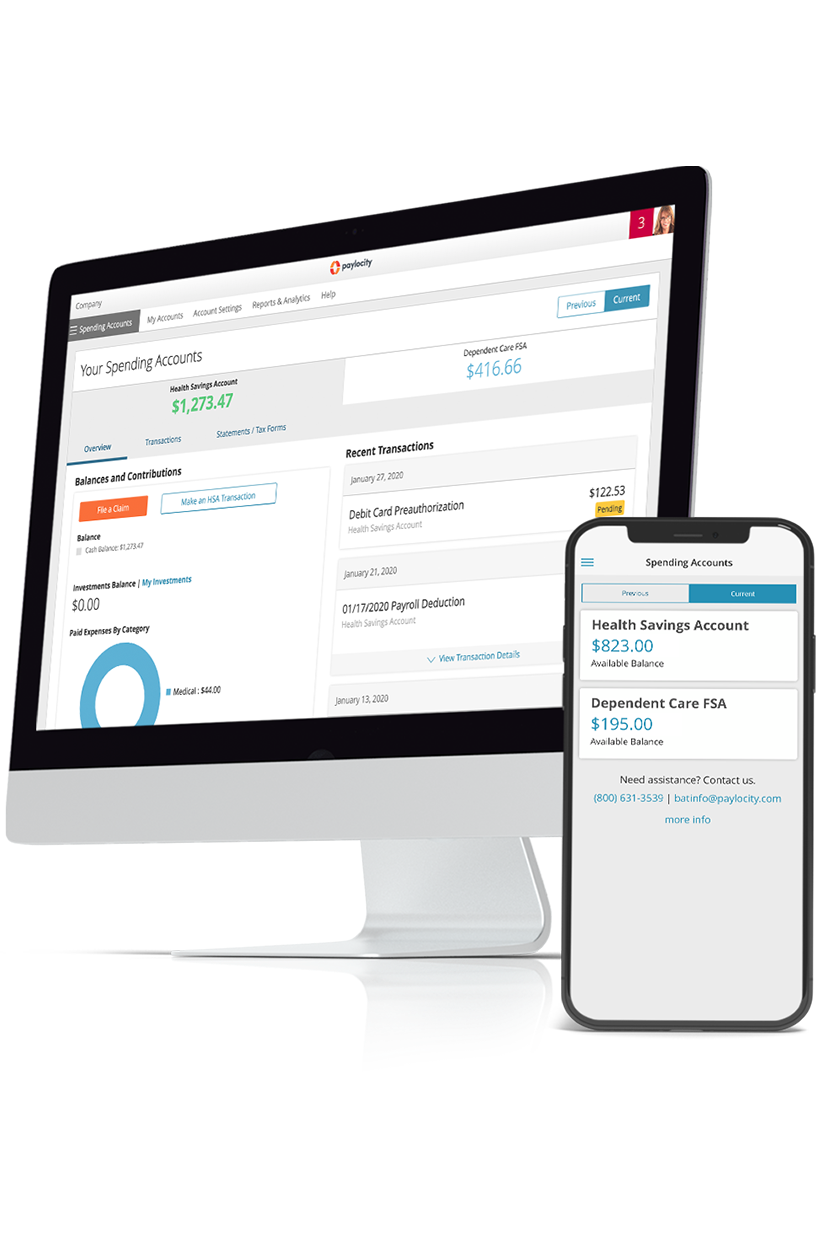Open Enrollment
Summary Definition: An annual period during which employees can make updates to their health insurance and benefits enrollments that’d otherwise be restricted.
What is Open Enrollment?
Open enrollment is a specific window of time, typically every autumn, during which employees can freely enroll in or update their health insurance plans and other benefits programs. While there's no legally required length to an open enrollment period, most organizations give employees two to four weeks to enter their changes.
Having an annual open enrollment window allows employees to review and select employer-offered benefits to meet their healthcare needs. This can include enrolling in new plans, making changes to a plan, or adjusting a plan’s coverage, such as when adding a dependent.
These kinds of updates are normally restricted throughout the rest of the year, except for when a qualifying life event (QLE) occurs, such as marriage, childbirth, or loss of insurance from a spouse.
Open Enrollment for Government Programs
Insurance plans offered by the federal government have official start and end dates for their open enrollment periods:
- Affordable Care Act (ACA) Open Enrollment: November 1 – January 15
- Medicare Open Enrollment: October 15 – December 7
- Medicaid Open Enrollment: Anytime
Related Glossary Terms

Optimize Your Benefits Experience
Help your employees get the most out of their benefits while getting time back in your day through smart automation. With all-in-one tools, kicking off open enrollment and administering third-party benefits services like FSAs, HSAs, and more is a breeze! And employee experience features like integrated training and expert groups, all available on the go, ensure your employees are making informed decisions.